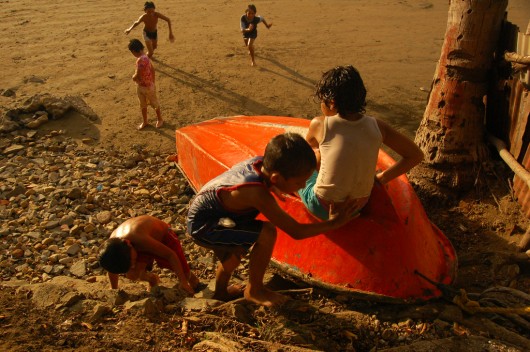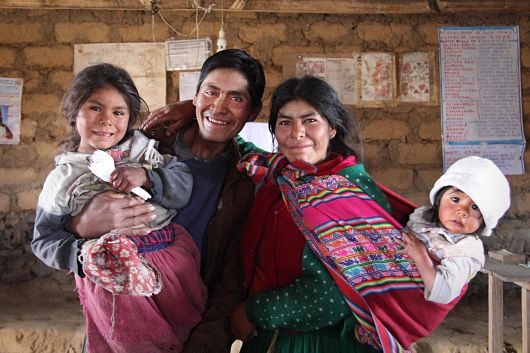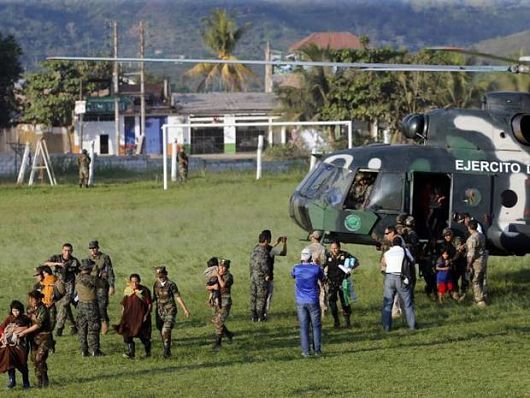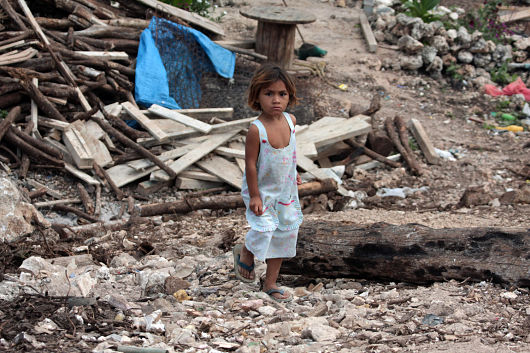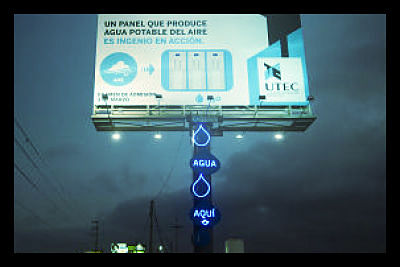
A brief description of Peruvian society is important to understanding the current state of education in Peru. Discussed below are key facts about Peruvian society.
- The general population is around 30 million
- 22 percent of the population lives in rural areas
- 25.8 percent of the population lives in poverty at $2 a day (PPP)
- According to the GINI Index, Peru ranks 25th for highest income inequality in the world
- 85 percent of the population has improved drinking water sources
- The unemployment rate is 9.5 percent
- 34 percent of children ages 5 to 17 work in the labor force
- The literacy rate is 90 percent
- The main exports are minerals like gold and copper
- 2.7 percent of the GDP is spent on health care
It is apparent that Peru has developed in some areas better than others. To see more comprehensive information on Peru, as well as country comparisons, go to the CIA World Factbook.
A Closer Look: Education in Peru
The system of education in Peru is somewhat similar to that of the United States. It has basic education (ages 3 to 5 years old), primary (ages 6 to 11 years old) and secondary (ages 12 to 16 years old), all of which are free. However school is only mandatory from ages 6 to 16 years old. There is higher education, but it is not mandatory or free, however, they do have scholarship programs.
Education in Peru has been expanding. The numbers were not all together low to begin with, but since 2005, enrollment has increased to 72 percent for ages 3 to 5 years old; the 6 to 11-year-old age group is at 97 percent and the 12 to 16-year-old age group is at 91 percent enrollment. However, these numbers do not tell the whole story. As stated earlier, 34 percent of children ages 5 to 17 are in the labor force. How can so many be working and going to school at the same time? It would seem that children may be enrolled at school, but do not actually go. Enrollment rates do not equal attendance rates.
Data taken from the National Institute of Statistics shows that since 1994, spending on education has quadrupled. However, Peru only spends 2.8 percent of the gross domestic product on education, which is one of the lowest in the world. It is hopeful to see the increase in spending over such a short period of time, but it is clear the Peruvian government can spend more on education.
There are problems with educating the indigenous population, as bilingual education is often not funded. Almost 46 percent of indigenous students are not provided education in their native language. Problems also arise when trying to educate the rural population. It is often hard for rural students, especially girls, to get to a school, as they come from isolated areas.
One of the biggest reasons Peru might spend more on education is the quality. In 2009, the Program of International Student Assessment ranked Peru near the bottom of the 65 countries studied for reading comprehension and science, while being second to last in math. Spending money is not enough by itself though. Money can be spent in productive ways. For example, in 2012, the government spent $225 million on 850,000 laptops and gave them to schools all over the country. The American Development Bank found that this laptop program did not increase the students’ levels in math or reading.
For children 7 years of age, only 13 percent reached required math levels and only 30 percent reached required reading levels. The laptops did not increase motivation or time spent reading and completing homework assignments.
Since 2003, the number of students at private universities has doubled and in public universities it has increased by 12 percent. This substantial increase in private education shows that the more privileged students are gaining access to higher education. As public university is not free, it is harder for those without money to access it. This makes sense considering Peru has one of the highest income inequalities in the world.
On the surface, it seems as though education in Peru has improved over the last decade. Literacy and enrollment rates are up as well as educational spending. However, when you look deeper, the quality and equal access to education is another story entirely. Increasing spending on education is a must, but investment in education needs to be done properly by way of researching effective policies, government organization, institutional change and societal support.
– Eleni Marino
Sources: UNESCO, CIA, Iberoamerican Universities Universia, INEI, Peru This Week, World Bank 1, World Bank 2, IPS News, The Economist, ICEF, UNICEF
Photo: Friends of Chimbote
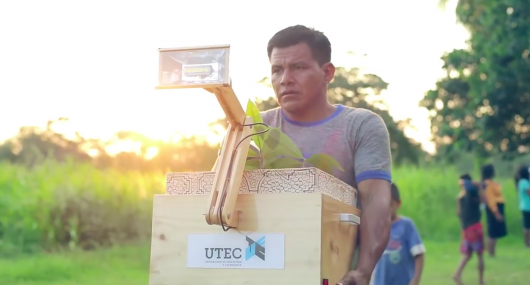

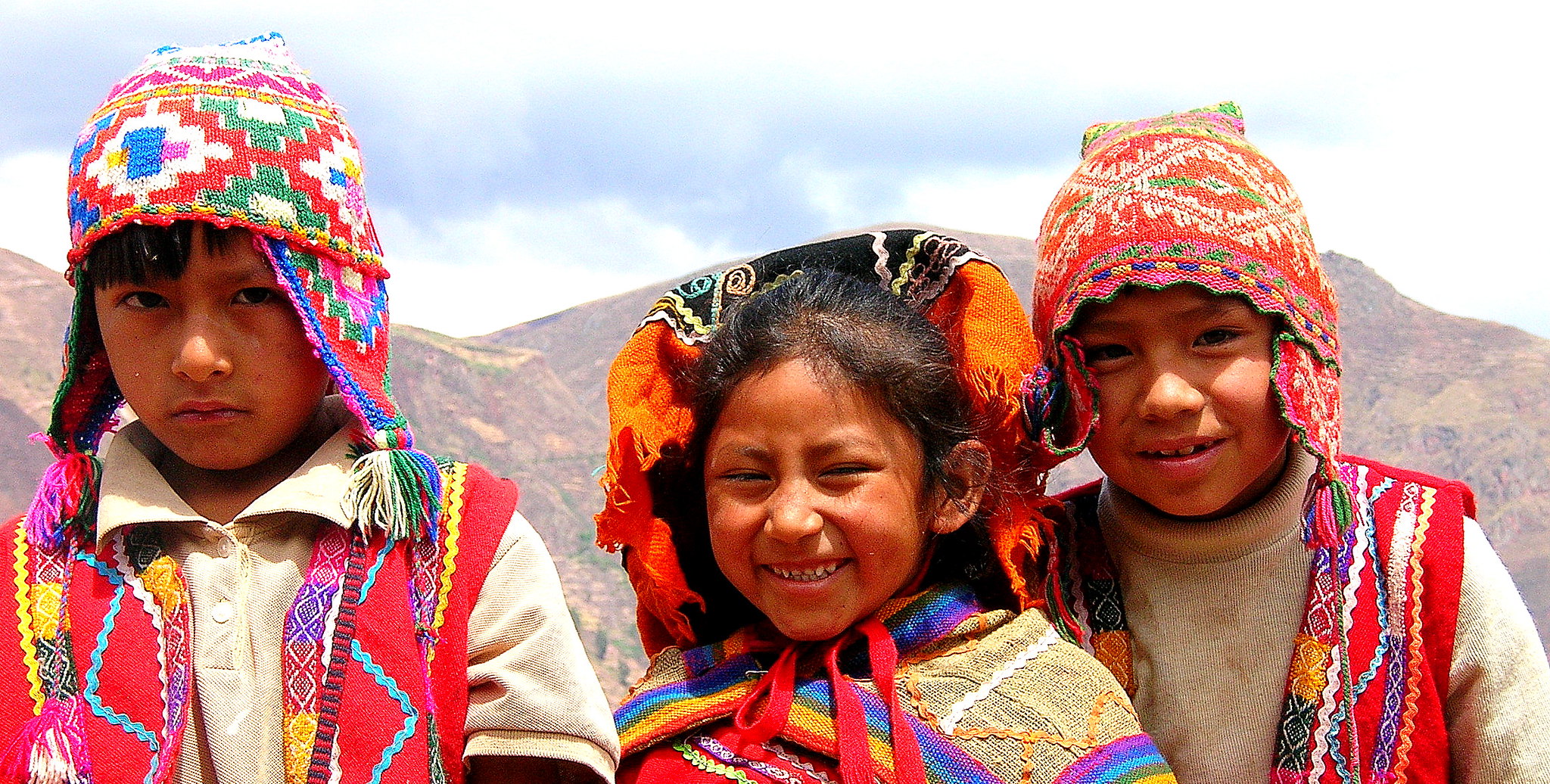 Commissioner Mimica of EU Aid began a voyage to Peru earlier this month on Oct. 9 to announce a support package for the development and health of young adults and children.
Commissioner Mimica of EU Aid began a voyage to Peru earlier this month on Oct. 9 to announce a support package for the development and health of young adults and children.